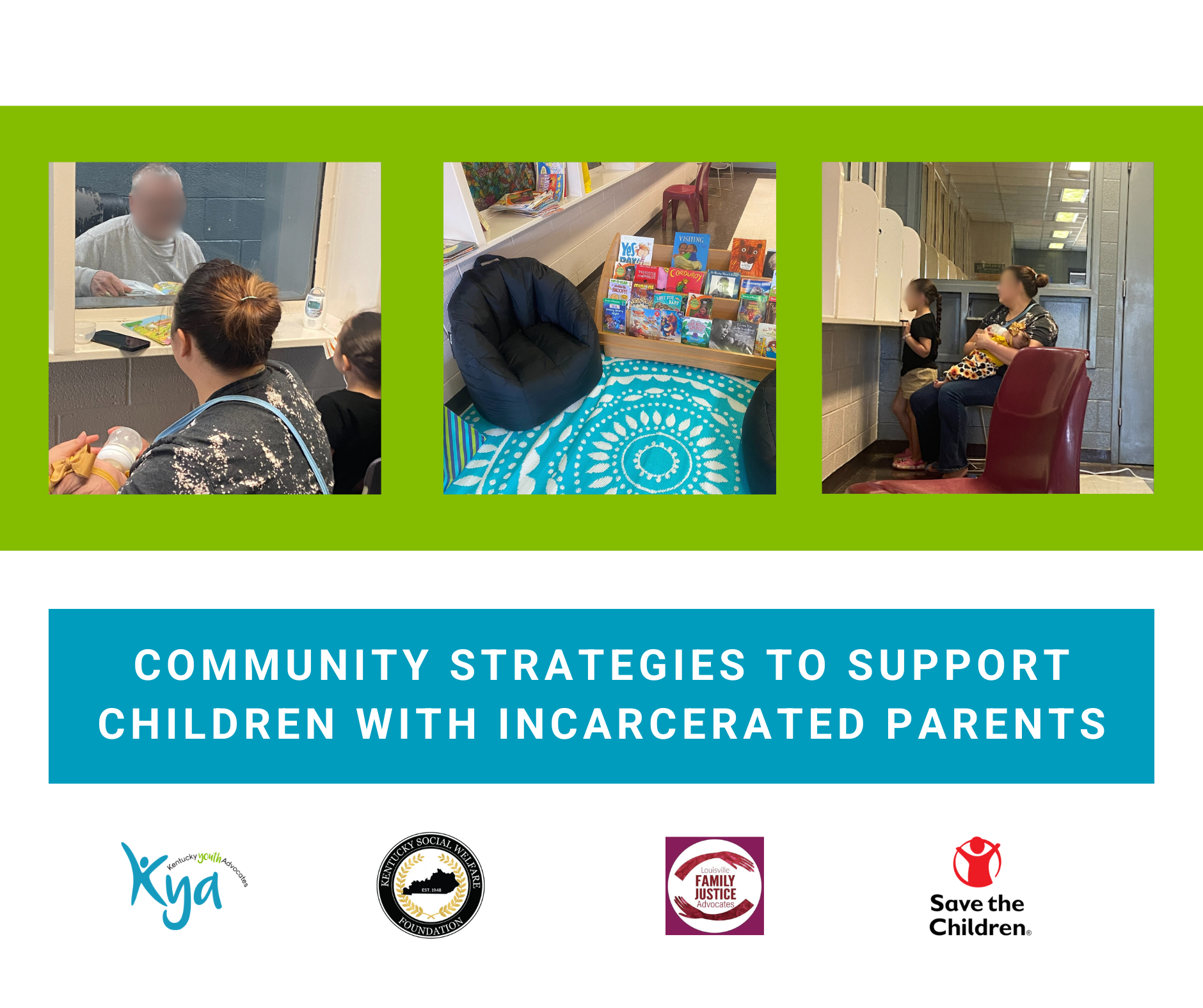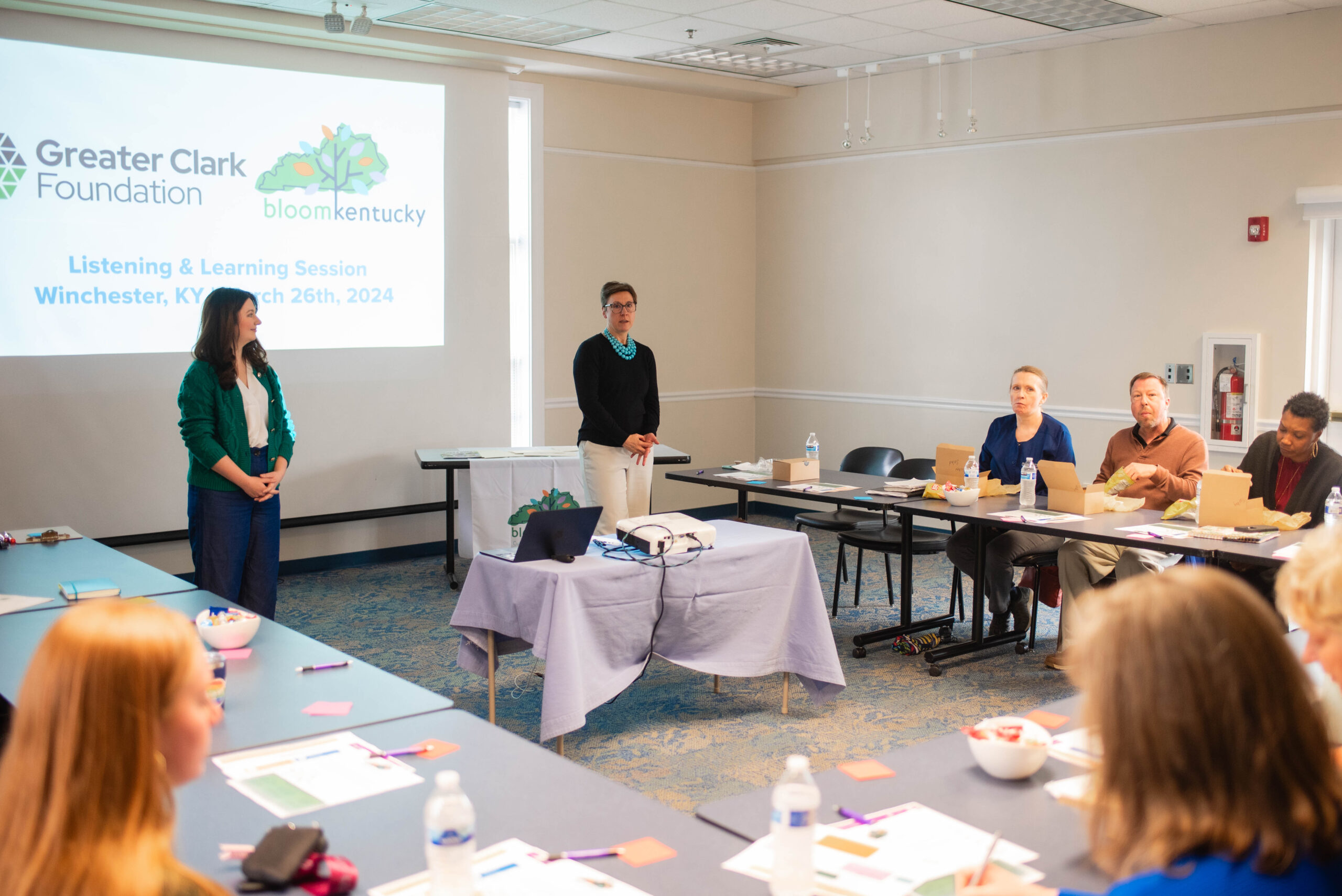 Two years ago I had the opportunity to visit William Wells Elementary in Lexington, Kentucky to tour their school-based health center. While there, it became very clear that William Wells not only had a school-based health center, but it was a full-scale community school too – it was used during non-school hours for community activities such as adult aerobics classes, financial literacy classes, youth sports activities and more. I was amazed at the various activities offered. This school, used during the day for education and learning, was used at night for the benefit of the community, a practice known as “shared-use”. At the time, I wondered if other schools in Kentucky shared their facilities with community members as well.
Two years ago I had the opportunity to visit William Wells Elementary in Lexington, Kentucky to tour their school-based health center. While there, it became very clear that William Wells not only had a school-based health center, but it was a full-scale community school too – it was used during non-school hours for community activities such as adult aerobics classes, financial literacy classes, youth sports activities and more. I was amazed at the various activities offered. This school, used during the day for education and learning, was used at night for the benefit of the community, a practice known as “shared-use”. At the time, I wondered if other schools in Kentucky shared their facilities with community members as well.
About a year later, I had the opportunity to collaborate with the Kentucky Cancer Consortium on a study to find out if other schools in Kentucky engage in shared-use. And yesterday, we released the findings of our study in a report, Sharing School Facilities: How Collaboration Can Increase Physical Activity in Communities. Shared-use not only saves money, it deepens school and community connections and expands opportunities for physical activity. We found that 74 percent of responding principals allow some of their school facilities to be used by community members during non-school hours.
We received 197 survey responses representing 90 school districts, or 51.7 percent of all districts, from diverse geographic regions of the state. Responding principals noted numerous benefits of sharing school facilities such as improved community relationships and opportunities for physical activity. And, many principals reported few, if any problems resulting from sharing their facilities.
Our study also identified some positive examples of shared-use:
- Bullitt County Public School District has had formal agreements with the YMCA and the Amateur Athletic Union (AAU) basketball league to share school facilities during non-school hours for a number of years. Principal Denise Allen, of Mount Washington Middle School, believes that sharing school facilities is of utmost importance to the community. Community members see the school gym as “their gym” and the school as a “community school.” With a shortage of gyms available in the community, sharing school facilities with community agencies is an excellent example of sharing and utilizing existing resources in a community.
- Additionally, Clear Creek Elementary in Shelby County is used by Clear Creek Parks for volleyball and basketball leagues. Principal Karen Downs of Clear Creek Elementary indicated that no problems have resulted from collaborating with these agencies and recognized that shared-use is a great benefit to the community. Principal Downs also indicated that the Shelby County School District is very supportive of the agreements and encourages cooperation with Clear Creek Parks.
While a number of principals like Allen and Downs shared positive experiences with shared-use, some school principals reported being fearful that they would be held responsible if someone were to get injured while on school property during non-school hours. But, the recent passage of Senate Bill 110 sponsored by Senator Katie Stine by the Kentucky General Assembly in 2012 will encourage more schools to keep their facilities open after hours with less fear of liability. Senate Bill 110 extends the same immunities schools have during the school day to after hours, making liability protections clear.
Kentucky’s leaders came together around SB 110 this year, which was a win for kids and local communities. Many education leaders have already discovered the power of shared us. But, we need that kind of access for all kids and families. Shared-use is a common sense partnership that every schoolhouse should embrace.
To see additional results from our survey or more detailed recommendations on implementing shared-use agreements in your area, see the study, Sharing School Facilities: How Collaboration Can Increase Physical Activity in Communities, here.






Leave A Comment